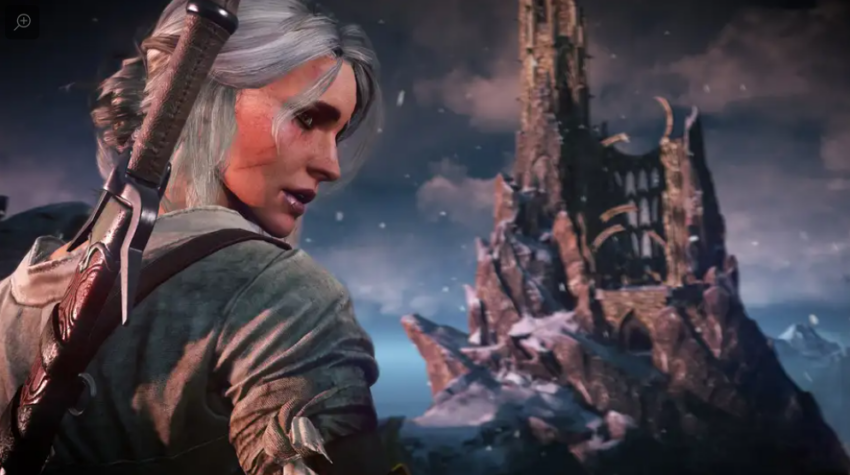The death of Vesemir in the 2015 video game The Witcher 3: Wild Hunt moved me to tears. Despite my lack of experience with the games or the books before to playing the third edition in this classic RPG trilogy, the moment my band of misfit heroes lost a crucial member of their newfound family was too much for me to contain. Evidently,
CD Projekt Red’s murder of this figure was difficult.
CD Projekt Red’s choice to murder this character was not simple. At a recent GDC lecture, the quest’s director, Pawe Sasko, explained that Vesemir’s death was both terrible and essential for the story’s weight and urgency.
Based on a series of novels written by Andrzej Sapkowski, The Witcher video games have their unique narrative style. While the games are set after the conclusion of the novels, the developer CD Projekt Red made decisions for these characters based completely on their own creative impulses and navigated unexplored narrative territory.
Following the second act of the game, Geralt’s tutor perishes in a siege on the witcher training grounds of Kaer Mohren. It is a devastating moment that strikes the surviving characters where they are at their most vulnerable: the realization of their own death. According to CD Projekt Red, this was a difficult decision, but it was necessary to provide Ciri, Geralt’s ward and quasi-adopted daughter, with the desire to take the battle straight to the game’s enemies.
A significant character in the games and literature that inspired them, IGN reported.
IGN stated that during a session at this year’s Game Development Conference in San Francisco, quest director Pawe Sasko discussed the studio’s agonizing choice to kill off Vesemir, a prominent character in the games and literature that inspired them. That was all about providing Ciri the impetus she needed to face the Wild Hunt, and it’s a good illustration of how beautifully The Witcher games address the issues of Sapkowski’s universe. On murdering Vesemir, Sasko said:
Ciri was had to truly decide that she will no longer be pursued. She will become a hunter. She plans to pursue the Wild Hunt. To do this, though, I needed a real incident that would shatter her within, and I recommended to our writing staff that we kill Vesemir.
Examine the choice of language in light of the setting of The Witcher. The story frequently contemplates what it means to be a hunter in a dark fantasy realm. Who chases what and why, as well as who the true monsters of this world are, is a fundamental conflict throughout several missions and the main plot. Ciri’s position as a “witch” does not directly parallel that of Geralt and other witchers.
To create a moment in which Ciri feels compelled to “hunt,” but not because of a mandate from the world around her, but rather out of a desire to retaliate against the world’s true monsters, is simply poetic. It represents everything I adore about this game.
Reflecting on discussions held during the writing process, Sasko stated, “[the writing team] wasn’t sure if we should do that, given the significance of the character in the novels and video games.”
Upon consideration of the possible narrative impact, the desire to embrace “creative boldness,” and the need to empower Ciri with a call to action, the move was deemed too potent to pass up. Sasko also desired to establish a precedent for shocking players, stating that he “wanted to do something that players would not believe we were doing. I hoped to surprise them in a positive way.”
It is difficult to deny how pivotal a character’s death is, and it serves as a reminder (game developers, take note) that the loss of a character can provide compelling narrative potential. The video of this GDC presentation, titled “10 Important Quest Design Lessons from The Witcher 3 and Cyberpunk 2077,” is scheduled to be accessible to passholders on April 14 in the GDC Vault.

